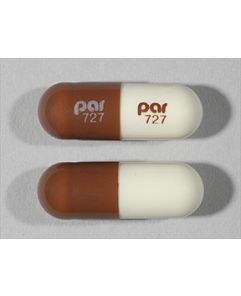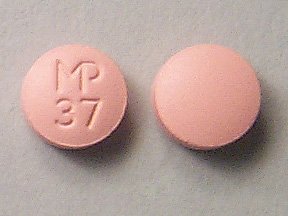


We used the MeSH terms: ‘Doxycycline’ AND ‘Oral Ulcer’ OR ‘Stomatitis, Aphthous’ OR ‘Lichen Planus, Oral’ OR ‘Oral Mucositis’ OR ‘Stomatitis, Herpetic’ OR ‘Pemphigus’ OR ‘Pemphigoid, Benign Mucous Membrane’. An electronic search was conducted according to PRISMA guidelines in the PubMed, Cochrane Central Register of Controlled Clinical Trials, Web of Science, Bireme/LILACS and Scopus databases. We carried out a systematic review on studies investigating the effect of topical and systemic use of doxycycline in the treatment of oral lesions such as traumatic ulcers, herpes simplex, erosive lichen planus, recurrent aphthous stomatitis, oral mucositis, benign mucosal pemphigoid and pemphigus vulgaris. 13, 14 We carried out a systematic review to investigate the effect of doxycycline on pain and clinical remission of ulcerated lesions of the mouth. Some studies have suggested the use of doxycycline in the treatment of ulcerated lesions of the mouth, but a consensus has not yet been reached on its efficacy on this type of lesions. Some properties such as regulation of cytokines, antioxidation, inhibition of protease-activated receptor 2 (PAR2), inhibition of matrix metalloproteinases (MMPS), inhibition of collagen breakdown and chemotaxis of leucocytes have been reported as being responsible for its anti-inflammatory effect. Thus, this drug is now prescribed in the treatment of inflammatory, autoimmune, periodontal, granulomatous and acne diseases. Since then, studies on these mechanisms have been conducted, demonstrating that doxycycline at sub-antimicrobial doses, from 20 to 40 mg per day, has anti-inflammatory activity. 10 In 1983, Golub et al 11 demonstrated that tetracyclines possess potent anti-inflammatory activity independent of their antimicrobial action, inhibiting collagenase activity in rat gingival tissue. 9 This drug also acts on the 40S ribosomal subunit, which is specific to mammalian cells, implying lack of specificity. It has broad-spectrum bacteriostatic action, inhibiting bacterial protein synthesis by binding to the 30S ribosomal subunit of both gram-positive and gram-negative bacteria. 5- 8ĭoxycycline is an antibiotic chemically derived from 1st generation tetracyclines. Drugs such as corticosteroids, antibiotics, anaesthetics, anti-inflammatories, antihistamines and antiseptics have been used topically and/or systemically to promote the healing process and decrease the painful symptoms of patients. 3 Interventions to prevent such clinical episodes are necessary. However, continuing trauma and secondary infections may exacerbate the inflammatory condition and make it persistent. 4 The time of repair is variable and dependent on the aetiological nature. 3 The variety of aetiological factors often makes its clinical management challenging. According to duration and frequency, oral ulcers are classified as acute, chronic and recurrent, and may be single or multiple. 1- 3 Usually, they are covered by a yellowish-white pseudomembrane and surrounded by erythematous halo, and they can cause substantial painful symptomatology. Ulcerated lesions are frequent in the oral mucosa and can be caused by trauma, drugs, chemicals, hypersensitivity reactions, autoimmune disorders and infectious processes, among others. Experimental animal studies and double-blind randomized clinical trials should be performed on other oral lesions, such as traumatic ulcers and mucositis. The present study suggests that topical doxycycline has a positive effect on the treatment of recurrent aphthous ulceration and herpes labialis. The groups treated with doxycycline showed faster healing of lesions and lower pain scores compared to placebo. In all studies, the drug was used topically, both as a hydrogel and as a crushed tablet (along with a prosthetic adhesive). In four of these studies, doxycycline was used in the treatment of aphthous stomatitis, and in one study, it was used in the treatment of herpes labialis. Results and discussionĪccording to the inclusion criteria, five articles were selected. The concentration of doxycycline, frequency of application, pain relief and clinical remission of the lesions were analysed. Controlled, randomized clinical trials were selected. MethodsĪn electronic search was performed in accordance with PRISMA guidelines in PubMed, Cochrane Central Register, Web of Science, Bireme/LILACS and Scopus databases. The objective of this study was to investigate, through a systematic literature review, the effect of doxycycline on pain and healing of ulcerated lesions of the mouth. In view of these pharmacological characteristics, its use in the management of inflammatory, autoimmune and granulomatous diseases has been proposed. In addition to its antimicrobial effect, doxycycline has potent anti-inflammatory activity.


 0 kommentar(er)
0 kommentar(er)
